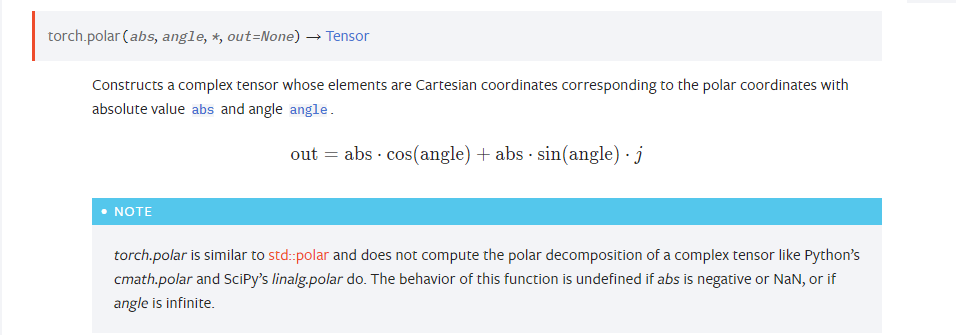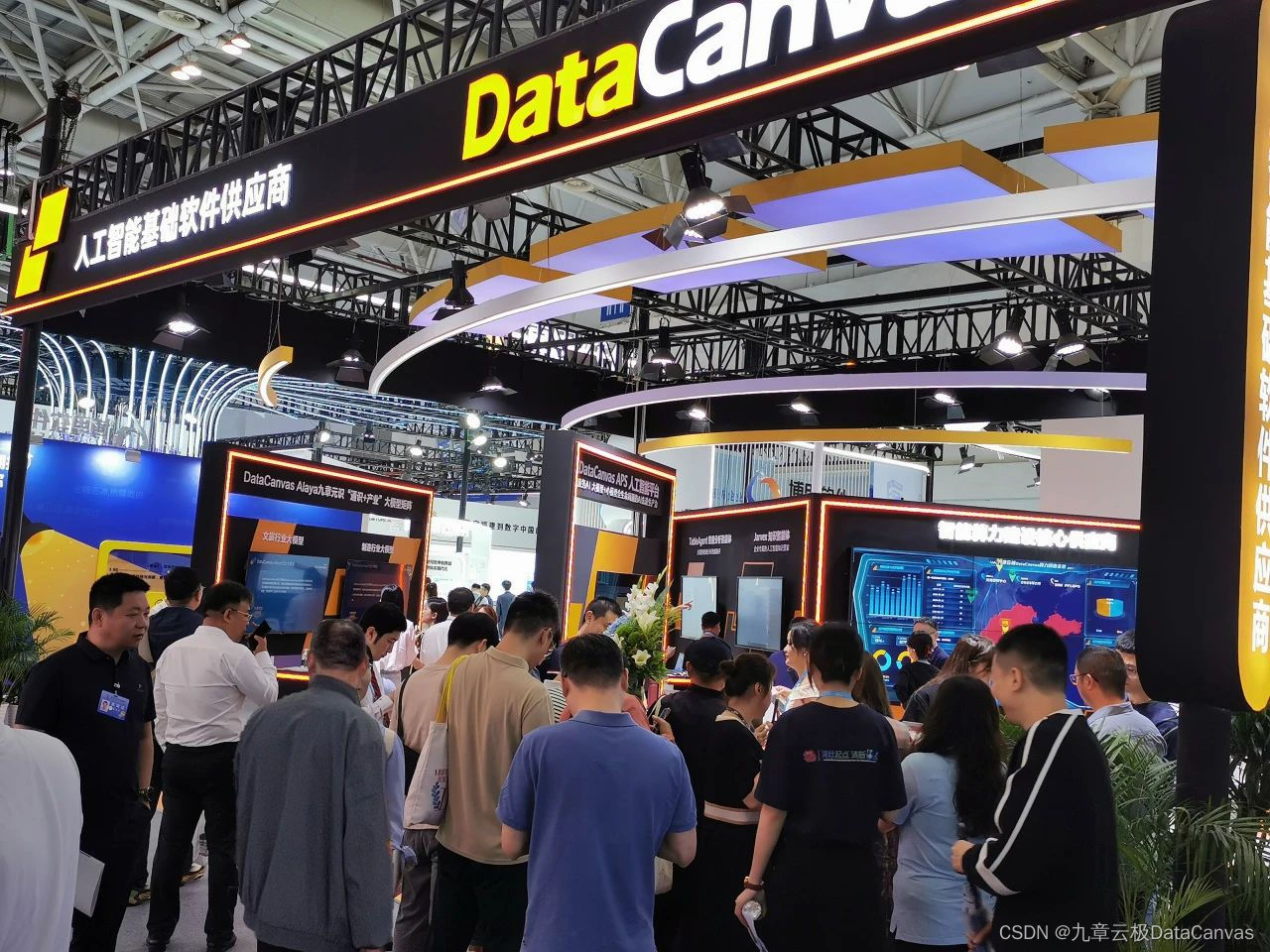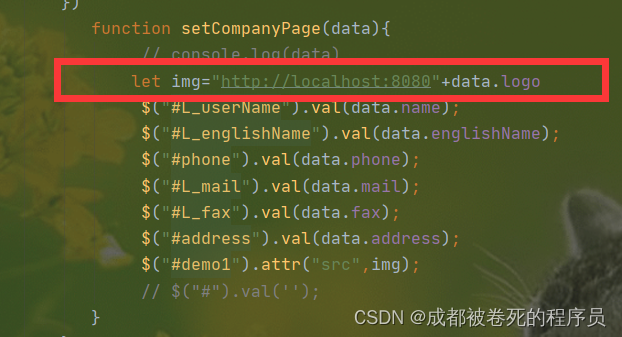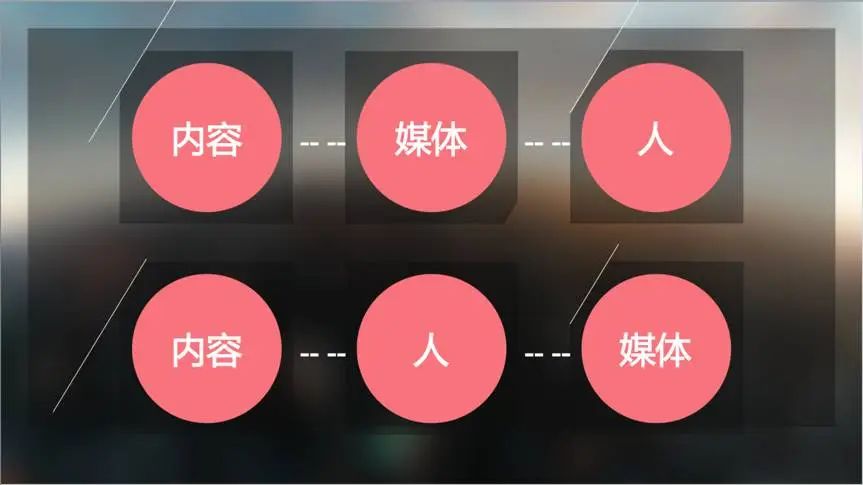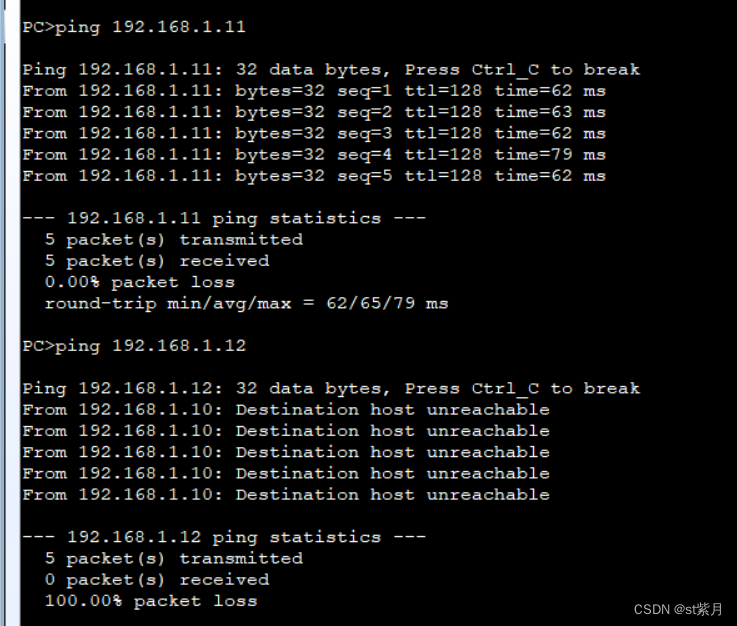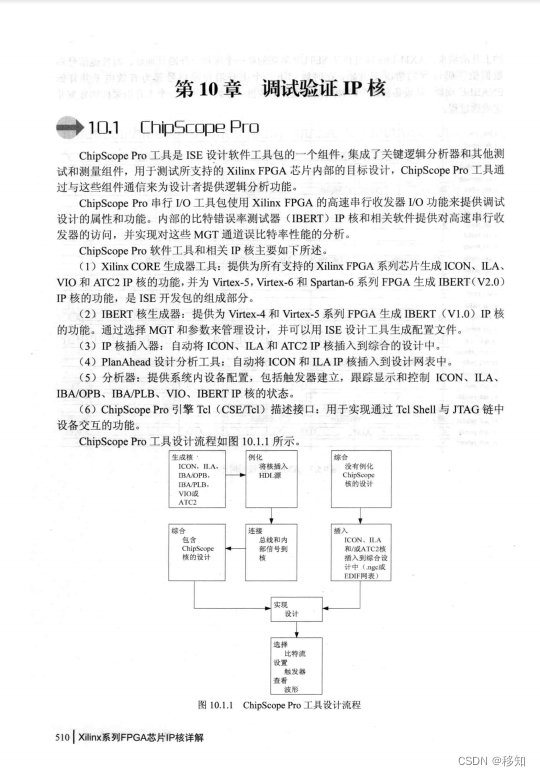一、Linux 驱动-总线-设备模型
1、驱动分层
Linux内核需要兼容多个平台,不同平台的寄存器设计不同导致操作方法不同,故内核提出分层思想,抽象出与硬件无关的软件层作为核心层来管理下层驱动,各厂商根据自己的硬件编写驱动代码作为硬件驱动层
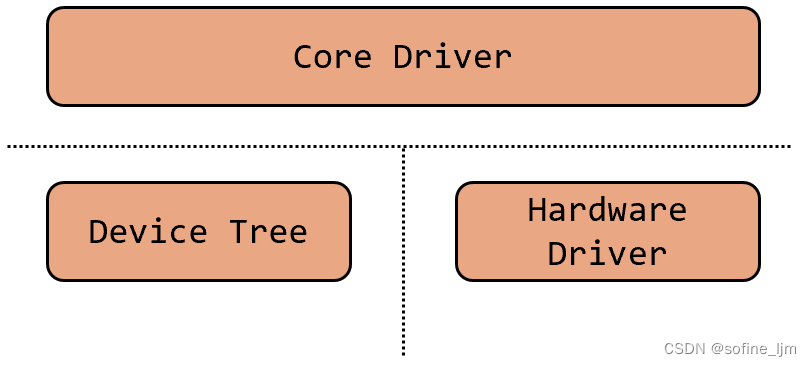
2、设备&总线&驱动
Linux内核建立的 设备-总线-驱动 模型,定义如下:
1、device
include\linux\device.h
struct device {
...
struct bus_type *bus; /* type of bus device is on */
struct device_driver *driver; /* which driver has allocated this device */
struct device_node *of_node; /* associated device tree node */
...
}
2、driver
include\linux\device\driver.h
struct device_driver {
...
struct bus_type *bus;
...
}
3、bus
include\linux\bus\bus.h
struct bus_type {
...
int (*match)(struct device *dev, struct device_driver *drv);
int (*probe)(struct device *dev);
...
}
这里提到的是虚拟总线,总线能将对应的设备和驱动进行匹配,可以用下面的命令查看不同总线类型
/sys/bus # ls -l
......
drwxr-xr-x 4 root root 0 2023-02-21 13:35 i2c
drwxr-xr-x 4 root root 0 2023-02-21 13:35 mmc
drwxr-xr-x 5 root root 0 2023-02-21 13:35 pci
drwxr-xr-x 4 root root 0 2023-02-20 07:09 platform
drwxr-xr-x 4 root root 0 2023-02-21 13:35 scsi
drwxr-xr-x 4 root root 0 2023-02-21 13:35 usb
......| 总线类型 | 描述 |
| I2C总线 | 挂在i2c总线(硬件)下的从设备,比如加密芯片、rtc芯片、触摸屏芯片等等都需要驱动,自然也要按照分离思想来设计。内核中的i2c 总线就是用来帮助i2c从设备的设备信息和驱动互相匹配的 |
| Platform总线 | 像i2c、spi这样硬件有实体总线的,从设备驱动可以用总线来管理。那么没有总线的硬件外设怎么办?比如gpio、uart、i2c控制器、spi 控制器…等等,这些通通用 platform 总线来管理 |
二、驱动匹配设备过程简述
在写驱动时会用到一些注册函数比如:platform_driver_register,spi_register_driver、i2c_add_driver,接下来分析内核驱动和设备匹配的流程,原理就是在注册到总线的时候,去获取对方的链表并根据规则检测,匹配后调用probe(),也就是驱动的入口函数
以Platform Driver举例,整个匹配过程如下
2.1 整体调用逻辑
module_platform_driver
|-- module_driver
|-- __platform_driver_register
|-- driver_register
|-- bus_add_driver
|-- driver_attach
|-- bus_for_each_dev
|-- __driver_attach
|-- driver_match_device
|-- platform_match
|-- of_driver_match_device
|-- of_match_device
|-- __of_match_node
|-- driver_probe_device
|-- really_probe
|-- call_driver_probe
|-- platform_probe
|-- drv->probe()
2.1.1 module_platform_driver
封装了一层,展开后实际上就是module_init和module_exit
/* module_platform_driver() - Helper macro for drivers that don't do
* anything special in module init/exit. This eliminates a lot of
* boilerplate. Each module may only use this macro once, and
* calling it replaces module_init() and module_exit()
*/
#define module_platform_driver(__platform_driver) \
module_driver(__platform_driver, platform_driver_register, \
platform_driver_unregister)例如对于MTK某平台UFS驱动,传入__platform_driver 参数为
static struct platform_driver ufs_mtk_pltform = {
.probe = ufs_mtk_probe,
.remove = ufs_mtk_remove,
.shutdown = ufshcd_pltfrm_shutdown,
.driver = {
.name = "ufshcd-mtk",
.pm = &ufs_mtk_pm_ops,
.of_match_table = ufs_mtk_of_match,
},
};2.1.2 module_driver
/**
* module_driver() - Helper macro for drivers that don't do anything
* special in module init/exit. This eliminates a lot of boilerplate.
* Each module may only use this macro once, and calling it replaces
* module_init() and module_exit().
*
* @__driver: driver name
* @__register: register function for this driver type
* @__unregister: unregister function for this driver type
* @...: Additional arguments to be passed to __register and __unregister.
*
* Use this macro to construct bus specific macros for registering
* drivers, and do not use it on its own.
*/
#define module_driver(__driver, __register, __unregister, ...) \
static int __init __driver##_init(void) \
{ \
return __register(&(__driver) , ##__VA_ARGS__); \
} \
module_init(__driver##_init); \
static void __exit __driver##_exit(void) \
{ \
__unregister(&(__driver) , ##__VA_ARGS__); \
} \
module_exit(__driver##_exit);
2.1.3 __platform_driver_register
注意此处的__register是传进来的__platform_driver_register
/**
* __platform_driver_register - register a driver for platform-level devices
* @drv: platform driver structure
* @owner: owning module/driver
*/
int __platform_driver_register(struct platform_driver *drv,
struct module *owner)
{
drv->driver.owner = owner;
drv->driver.bus = &platform_bus_type;
return driver_register(&drv->driver);
}
EXPORT_SYMBOL_GPL(__platform_driver_register);对bus参数进行赋值
struct bus_type platform_bus_type = {
.name = "platform",
.dev_groups = platform_dev_groups,
.match = platform_match,
.uevent = platform_uevent,
.probe = platform_probe,
.remove = platform_remove,
.shutdown = platform_shutdown,
.dma_configure= platform_dma_configure,
.dma_cleanup= platform_dma_cleanup,
.pm = &platform_dev_pm_ops,
};
EXPORT_SYMBOL_GPL(platform_bus_type);
2.1.4 driver_register
/**
* driver_register - register driver with bus
* @drv: driver to register
*
* We pass off most of the work to the bus_add_driver() call,
* since most of the things we have to do deal with the bus
* structures.
*/
int driver_register(struct device_driver *drv)
{
......
other = driver_find(drv->name, drv->bus);
if (other) {
pr_err("Error: Driver '%s' is already registered, "
"aborting...\n", drv->name);
return -EBUSY;
}
ret = bus_add_driver(drv);
......
}
EXPORT_SYMBOL_GPL(driver_register);2.1.5 bus_add_driver
drv->bus->p->drivers_autoprobe默认是1,结构体定义时就赋值了
struct subsys_private {
...
unsigned int drivers_autoprobe:1;
}/**
* bus_add_driver - Add a driver to the bus.
* @drv: driver.
*/
int bus_add_driver(struct device_driver *drv)
{
......
if (drv->bus->p->drivers_autoprobe) {
error = driver_attach(drv);
if (error)
goto out_del_list;
}
......
}2.1.6 driver_attach
/**
* driver_attach - try to bind driver to devices.
* @drv: driver.
*
* Walk the list of devices that the bus has on it and try to
* match the driver with each one. If driver_probe_device()
* returns 0 and the @dev->driver is set, we've found a
* compatible pair.
*/
int driver_attach(struct device_driver *drv)
{
return bus_for_each_dev(drv->bus, NULL, drv, __driver_attach);
}
EXPORT_SYMBOL_GPL(driver_attach);2.1.7 bus_for_each_dev
此函数 fn 即为 __driver_attach 函数指针,data参数 是 drv
int bus_for_each_dev(struct bus_type *bus, struct device *start,
void *data, int (*fn)(struct device *, void *))
{
struct klist_iter i;
struct device *dev;
int error = 0;
if (!bus || !bus->p)
return -EINVAL;
klist_iter_init_node(&bus->p->klist_devices, &i,
(start ? &start->p->knode_bus : NULL));
while (!error && (dev = next_device(&i)))
error = fn(dev, data);
klist_iter_exit(&i);
return error;
}
EXPORT_SYMBOL_GPL(bus_for_each_dev);2.1.8 __driver_attach
static int __driver_attach(struct device *dev, void *data){
......
ret = driver_match_device(drv, dev);
......
ret = driver_probe_device(drv, dev);
......
}2.1.8.1 driver_match_device
static inline int driver_match_device(struct device_driver *drv,
struct device *dev)
{
return drv->bus->match ? drv->bus->match(dev, drv) : 1;
}
/* 返回 1 是可以继续往下走的 ret <= 0 不行*/可以看到在Register时有match回调
struct bus_type platform_bus_type = {
......
.match = platform_match,
.probe = platform_probe,
......
};2.1.8.2 platform_match
static int platform_match(struct device *dev, struct device_driver *drv)
{
struct platform_device *pdev = to_platform_device(dev);
struct platform_driver *pdrv = to_platform_driver(drv);
/* When driver_override is set, only bind to the matching driver */
if (pdev->driver_override)
return !strcmp(pdev->driver_override, drv->name);
/* Attempt an OF style match first */
if (of_driver_match_device(dev, drv))
return 1;
/* Then try ACPI style match */
if (acpi_driver_match_device(dev, drv))
return 1;
/* Then try to match against the id table */
if (pdrv->id_table)
return platform_match_id(pdrv->id_table, pdev) != NULL;
/* fall-back to driver name match */
return (strcmp(pdev->name, drv->name) == 0);
}
2.1.8.3 of_driver_match_device
/**
* of_driver_match_device - Tell if a driver's of_match_table matches a device.
* @drv: the device_driver structure to test
* @dev: the device structure to match against
*/
static inline int of_driver_match_device(struct device *dev,
const struct device_driver *drv)
{
return of_match_device(drv->of_match_table, dev) != NULL;
}of_match_table定义如下
static struct platform_driver ufs_mtk_pltform = {
.probe = ufs_mtk_probe,
.remove = ufs_mtk_remove,
.shutdown = ufshcd_pltfrm_shutdown,
.driver = {
.name = "ufshcd-mtk",
.pm = &ufs_mtk_pm_ops,
.of_match_table = ufs_mtk_of_match,
},
};
static const struct of_device_id ufs_mtk_of_match[] = {
{ .compatible = "mediatek,mtxxxx-ufshci" },
};
2.1.8.4 of_match_device
const struct of_device_id *of_match_device(const struct of_device_id *matches,
const struct device *dev)
{
if (!matches || !dev->of_node || dev->of_node_reused)
return NULL;
return of_match_node(matches, dev->of_node);
}
EXPORT_SYMBOL(of_match_device);
2.1.8.5 of_match_node
const struct of_device_id *of_match_node(const struct of_device_id *matches,
const struct device_node *node)
{
match = __of_match_node(matches, node);
}
EXPORT_SYMBOL(of_match_node);
2.1.8.6 __of_match_node
static
const struct of_device_id *__of_match_node(const struct of_device_id *matches,
const struct device_node *node)
{
for (; matches->name[0] ||
matches->type[0] ||
matches->compatible[0]; matches++) {
/* 每次循环,选择Vendor驱动中的match table结构体数组的下一个比较 */
score = __of_device_is_compatible(node, matches->compatible,
matches->type, matches->name);
if (score > best_score) {
best_match = matches;
best_score = score;
}
}
return best_match;
}
2.1.8.7 __of_device_is_compatible
static int __of_device_is_compatible(const struct device_node *device,
const char *compat, const char *type, const char *name)
{
......
if (of_compat_cmp(cp, compat, strlen(compat)) == 0) {
score = INT_MAX/2 - (index << 2);
break;
}
......
}
cp即为从设备树节点中获取的compatible信息,示例如下
ufshci: ufshci@112b0000 {
compatible = "mediatek,mtxxxx-ufshci";
reg = <0 0x112b0000 0 0x2a00>;
}
【参考博客】
[1] Linux设备驱动和设备匹配过程_linux驱动和设备匹配过程-CSDN博客
[2] platform 总线_怎么查询platform 总线-CSDN博客
[3] Linux Driver 和Device匹配过程分析(1)_linux设备驱动和设备树的match过程-CSDN博客
[4] Linux驱动(四)platform总线匹配过程_platform平台设备匹配过程-CSDN博客
